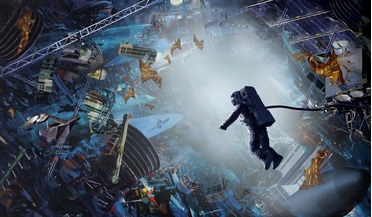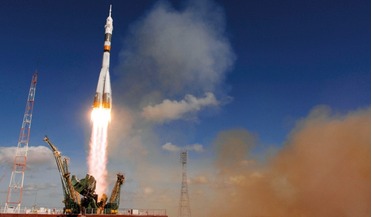 September 2017
Measuring space debris risk
September 2017
Measuring space debris risk
... creating more debris. It looks like the problem will accelerate and may even reach the ‘runaway’ Kessler syndrome condition. What next? Clearly, we need more data to better understand and quantify the risk by orbit. There...
 February 2018
Growth drivers, requirements and threats in the smallsat industry
February 2018
Growth drivers, requirements and threats in the smallsat industry
... issue and with the rapid increase of the number of satellites in space, the danger of the feared Kessler Syndrome - an unstoppable cascade of collisions in LEO - is mounting. Unsurprisingly, there are a number of systems under development to reduce...
 March 2019
Urgent action needed to avert space debris threat
March 2019
Urgent action needed to avert space debris threat
... enough that collisions between objects cause a cascade of collisions that increases the probability of further collisions (i.e. the Kessler Syndrome), space activities could be rendered impossible. This could be the case not only for LEO, but also...
 September 2019
Expectations in a connected world
September 2019
Expectations in a connected world
... that legislation is developed to ensure that organisations use the space environment responsibly, because the threat of a Kessler Syndrome incident is ever-present - especially with the launch of the densely packed mega-constellations in LEO...
 January 2020
Rule of law vital for humanity’s sustainability and survival
January 2020
Rule of law vital for humanity’s sustainability and survival
... if humanity stops launching new satellites today, debris in outer space will continue to increase due to a cascade effect (Kessler Syndrome), where pieces of debris collide with each other and create more debris. Sadly, no serious regulatory efforts...
 April 2020
Replacing hydrazine fuel with a greener alternative
April 2020
Replacing hydrazine fuel with a greener alternative
... some sort of propulsion to enable them to de-orbit, thus fighting the increase in space debris and avoiding the Kessler Syndrome (collisional cascading). So just removing propulsion is not an option. For the past decade, huge investments in time...